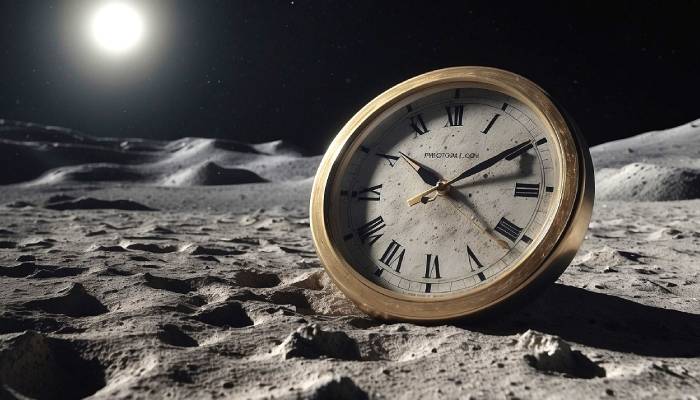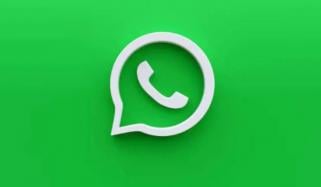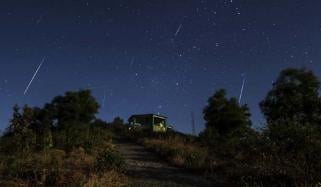
Imagine the chaos and difficulty if clocks worldwide were not synchronized, complicating everyday life. The same could happen on the moon, which is why scientists are convinced that it needs its own time and clock—the Moon Clock!
A spellbinding notion of the universe is how the time runs a bit faster on the mountain peaks as compared to the valleys, although most people never notice the difference.
One day on the Moon is about 56 microseconds shorter than that on the Earth. Although the difference is so minor to pay attention to, over the course of time it can lead to big inconsistencies.
As the U.S. and its allies, as well as China, are rushing forward in the space race and trying to establish permanent Moon settlements, the need to bring time’s quirk has once again attracted the focus.
Recently, the White House has instructed the U.S. National Aeronautics and Space Administration (NASA) to develop a unified standard time system for the moon and other celestial bodies, called Coordinated Lunar Time (LTC), by the end of 2026.
NASA’s Artemis program plans to send astronauts to the Moon and build a base for future Mars missions. An OSTP official noted that without a unified time system, the coordination and communications for transferring data will be difficult.
"The same clock that we have on Earth would move at a different rate on the moon,” said Kevin Coggins, NASA’s space communications and navigations chief.
He added, "Think of the atomic clocks at the U.S. Naval Observatory (in Washington). They're the heartbeat of the nation, synchronizing everything. You're going to want a heartbeat on the moon.















